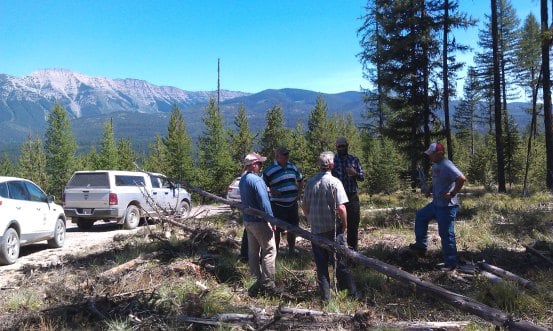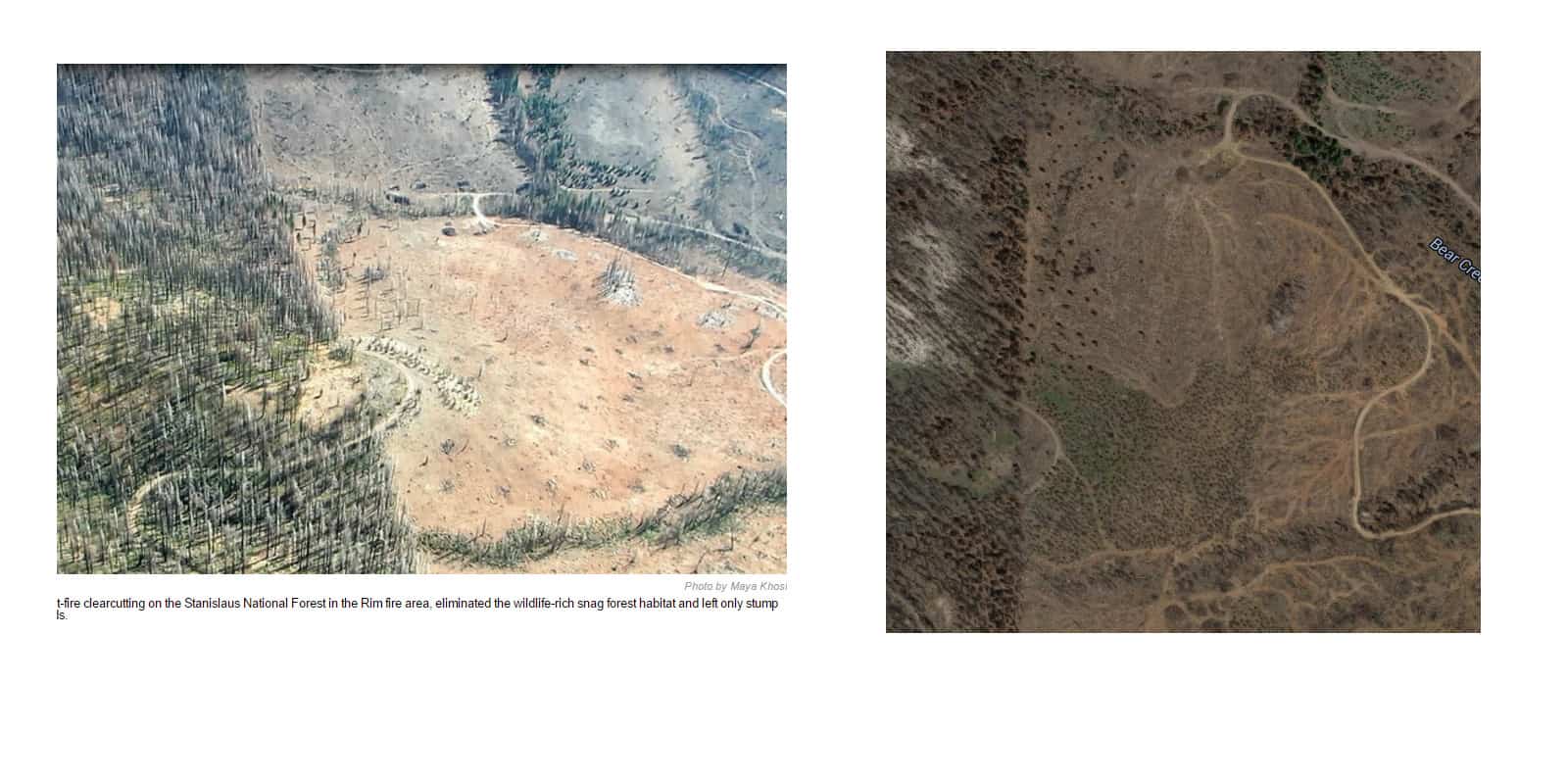
Here is a link to Eric’s thesis on collaboration. The title is:
The Forest Management Divide: Evidence From Administrative Comments on U.S. Forest Service Projects Indicating Why Environmental Interest Groups in the Northwestern U.S. Choose Whether or Not to Collaborate
For those of you who haven’t read public comments, he has several pages of them in the thesis you might find interesting.
Below are some of his conclusions..
Chapter 5: Conclusions
The results of this study suggest that the interests theory variables – environmental, equitable, and economic values – may be influencing environmental interest groups collaborative strategy in a different way than the literature suggests. The evidence indicates that both participating and non-participating groups share interest in all three values, to varying degrees by region and group type. The political opportunity theory variables indicate, however, that there may be more subtle forces explaining why groups sharing all three values choose different collaborative strategies. Carmin and Balser (2002) found that the difference in this case might be explained by another factor not explored in the recent literature on collaborative strategy – environmental philosophy.
A group’s environmental philosophy relates to its normative views about how humans should interact with nature. Some environmental interest groups have a conservationist philosophy that allows for sustainable extraction of forest resources for human needs. Others have a preservationist philosophy, contending that forest resources are already overtaxed and that forest management only adds additional stress to an already
overburdened landscape. Viewed through this lens, both participating and nonparticipating environmental interest groups can have environmental, equitable, and economic values, but their environmental philosophy may drive them to different means of attaining what they both believe to be the same outcome – forest health. Thus, a group with a conservationist philosophy may be willing to utilize the political opportunity
created by the CFLR Program to collaborate with other stakeholders and the Forest Service even if the proposed outcome of the project portends “logging” of forest resources. Such may not be the case for a group with a preservationist philosophy. Rather than collaborating with other stakeholders whom they suspect will sanction commercial harvest outcomes, these groups will choose the political opportunities created by the
bedrock environmental statutes such as the NEPA, ESA, and NFMA to achieve a proposed outcome that meets their preservationist philosophy.The results of this study appear to strongly support this theory. In addition to the comments highlighted in Section 4.1, some groups made comments capturing the essence of this study’s foregoing conclusion. For example, George Weurthner commenting on a proposed DCFP project on behalf of the Alliance for the Wild Rockies stated, “The more the natural forest is ‘managed’ the more out of whack it becomes. Logging cannot restore
‘natural’ processes because it is fundamentally at odds with nature” (DCFP -Alliance #597). Commenting on a different DCFP project, he stated “There appears to be a philosophical and pejorative bias [on the Forest Service’s behalf] against natural processes like wildfire, beetles, mistletoe and so forth that can achieve many of the goals without timber cutting” (DCFP – Alliance #809). He also states that “While there are aspects of the proposal that we fully support such as the closing of roads, reintroduction of fire as a natural process, and even some thinning of plantations in some circumstances, the main objection has to do with the means of getting to those ends—namely that all proposals except the No Action alternative recommend some degree of logging” (DCFP Alliance # 808) In addition to issues of management, a LOWD/BMBP comment illustrates the distrust among some non-participating environmental interest groups, stating, “The West Bend timber sale is a public relations-orchestrated travesty that also gives us no hope for a good outcome. (DCFP -LOWD-BMBP #164).In contrast, the participating groups generally appear to embrace some “logging” to achieve their forest management ends. For example, Idaho Conservation League stated, “We support the use of mechanical harvest followed by prescribed fire to achieve a shift in age structure to provide diversity on the landscape, consistent with historic conditions. We encourage consideration of a range of approaches to restoration forestry,
especially in moist, mixed severity forests to achieve this diversity” (CBC – Idaho Conservation League # 1040). Also, stakeholder context comments questioning the integrity of others are largely missing from the participant group’s comments. Instead, many comments express gratitude. For example, the Montana Wilderness association stated “We appreciate your willingness to meet with us on multiple occasions to discuss
the Colt Summit project, and we are confident that through these discussions the project has improved” (SWCC – Montana Wilderness Association #399). Comments like these, and many others in Appendix C, appear to reinforce this study’s major conclusions.In addition to the conclusions that follow from the hypotheses, evidence from this study also supports inferences that may be helpful in crafting future collaborative efforts. The analysis at regional case study level suggests that three additional proximity factors may work in concert to influence environmental interest groups collaborative strategy. The SWCC is proximately located near a large urban area with a high concentration
environmental interest groups that maintain a preservationist philosophy, and a judicial forum that may be perceived by some groups as empathetic to preservationist arguments.In addition, evidence from regional analysis supports the inference that strong State based environmental leadership, supported by a large consensus, may lead to better implementation outcomes. Both the CBC and DCFP appear to fit this characterization, whereas the SWCC does not.
The analysis at the group type level also support one further inference that could prove instructive to future collaborative efforts. In the absence of larger State and Regionally based environmental interest groups, local groups (particularly nonparticipating local groups) appeared to pick up the burden. With the ubiquitous presence of nationally based groups supporting the implementation of the CFLR Program – and no countervailing National groups –the importance of local group inclusion is manifest. As noted in section 2.2.2, successful collaborations should include all interested
stakeholders, even though in reality all of the interested stakeholders are often not included due to willingness or ability to attend. Burke (2011) noted that collaboration may have the unintended effect of marginalizing local stakeholders, but while this study provides no evidence of that conclusion, future collaborative National Forest efforts should be aware of the important balancing role they may play.This study also suggests areas of future research. To reiterate, this study was exploratory in nature, but suggests that future efforts exploring the factors driving environmental interest group’s collaborative strategy should focus on the influence of Carmin and Balser’s (2002) findings on the influence of the interaction between environmental interest group’s environmental philosophy and prescribed project management outcomes. Future research in this vein is important because it may allow forest resource mangers and interested stakeholders to understand when and where
collaborative efforts are necessary, and also aid in more efficacious outcomes.
